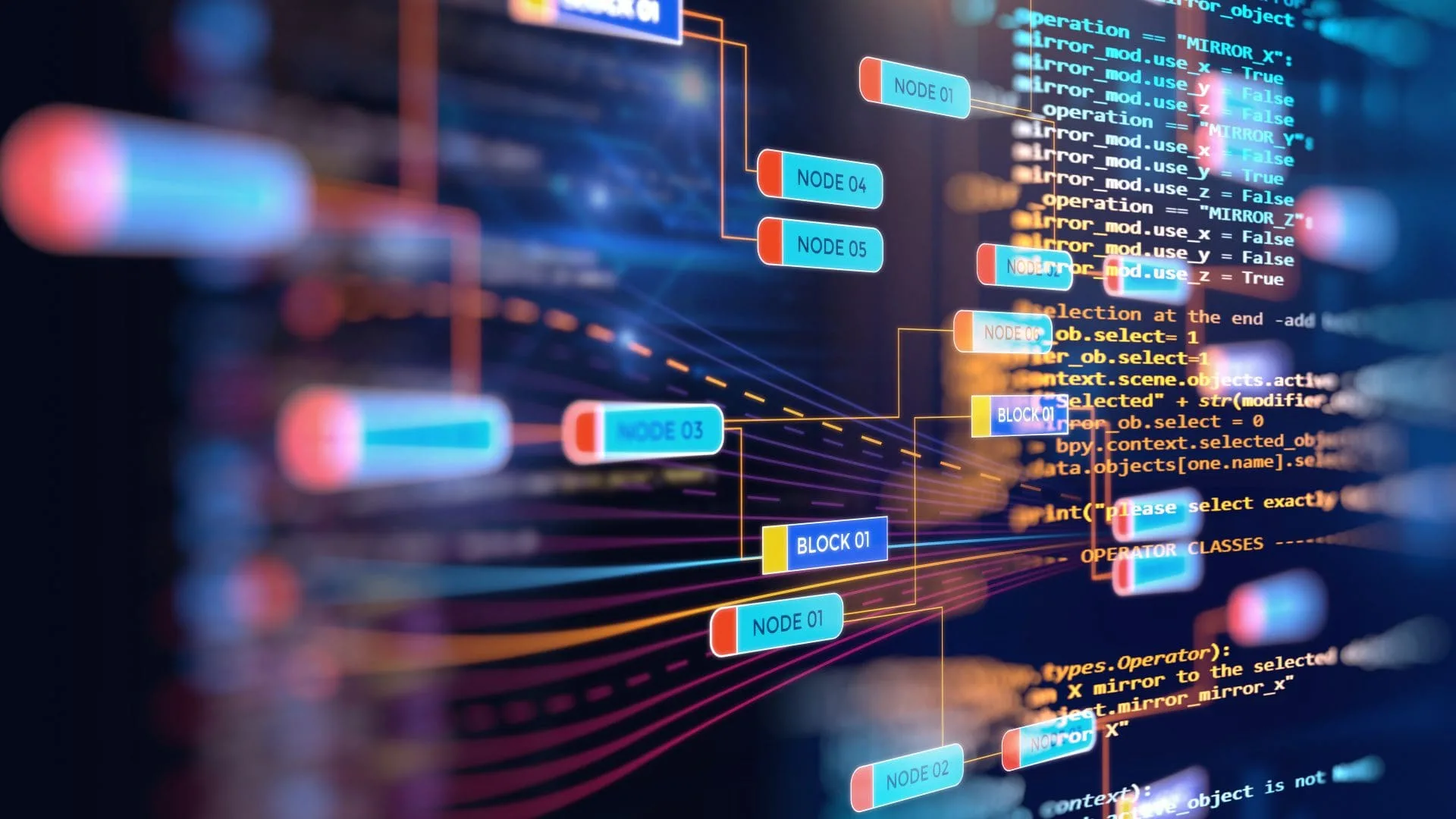What is digital onboarding and how does it work?
Today, critical transactions carried out remotely, such as opening a bank account or signing an insurance contract, are increasing in number, and customer digital onboarding processes are a valuable tool to counter identity theft and verify the data of a potential customer interested in purchasing a product or activating a service.
What is customer digital onboarding? It is the set of initiatives that enable companies and institutions to improve the acquisition of new customers through a fully digitized process that does not require the physical presence of the actors and allows the user’s data to be verified through an easy, secure and reliable identity identification and certification system.
Digitization of onboarding processes is well-known in the Human Resources (HR) sector, where it takes the name of corporate onboarding. However, it is also widely used in other areas, such as B2C and B2B, and more generally in any field where an organization needs to include a person in its structure as an employee or customer.
In particular, customer digital onboarding processes in corporate banking has marked the shift from the traditional method of On-Site onboarding (the customer goes to their bank’s offices and identity verification is done through a valid ID) to digital onboarding. The latter leverages cutting-edge technologies, such as Artificial Intelligence and biometric recognition, to automate data collection and simplify data management within banking systems, reducing the margin of error and improving the customer experience.
There are several solutions based on Artificial Intelligence that allow to verify the identity of a user remotely. Two examples are liveness detection and face matching.
Liveness detection and face matching
What are they all about? Liveness detection in biometrics is the ability of a system to detect whether the face, fingerprint or other biometric traits are real or artifacts. Liveness verification is simple: when the user turns on the webcam of the digital device they chooses to use, the face match algorithm, or facial recognition technology, compares the frames of the video with the photo on the ID, which has been previously uploaded, checked and validated through document verification systems. Then, the algorithm verifies that the two images belong to the same person. In this way, it is possible to know for sure whether the user who is performing the transaction is a real person and not a bot.
Once the authenticity and consistency of the data provided by the user has been verified, additional documents can be requested, if necessary, before signing the contract using the digital signature and thus concluding the customer onboarding process.








